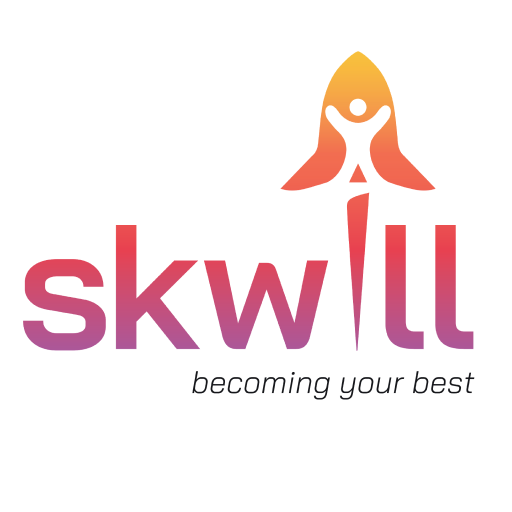
Success breeds success.1 Individuals who are successful in meeting goals, tend to succeed in subsequent goals they pursue. This explains why some founders, authors, designers, doctors, and host of other professionals are prolific in their achievements. For the remaining 92% who fail to meet the goals it gets progressively harder with time, and eventually they give up on goals. My research into performance, experience working with high performance individuals, and my ongoing performance journey has led me to identify six steps that successful individuals implement. These six steps when followed in this specific order creates a virtuous loop that creates and strengthens behaviours that help you achieve goals.
-
Visualising the goal — Before you say, I’ve heard this one
Anoop, I’d like to state up front, NO, you haven’t really. Visualizing is
not just about imagining the goal, it also about writing and drawing it up.
Yes, you read it right, drawing it up. I don’t mean creating the next
Picasso. Doodle away, make connections, draw characters, depict your
environment, and add colours. What started as a prefrontal cortex activity
(logic), the moment pen touched the paper, quickly engages the emotional and
memory parts of your brain eventually creating a feedback loop that binds
you to the outcome. Visual imagery is
proven2
tool to help goal achievement.
Once the first version is done, revisit the drawing or writing once a week, and keep editing it continually. Over time your goal and your reality will look similar. -
Daily Focus — Once you’ve got your masterpiece ready, focus
on one small goal for that day. It is imperative you accomplish the goal in
a day, or maximum two. If it doesn’t, break it down so that it fits in a
day. If you still don’t finish it in a day, you’ll quickly identify what
stopped you from finishing the goal. One of the biggest reasons why we miss
goals is because we don’t flush out all the sub-goals and tasks that need to
be accomplished to achieve the end result.
Having daily focus prevents us from spinning the wheel and sprinting in place. -
Emotion Management — Invariably we will encounter tasks
that we hate. Dates slip when we hit these tasks. Human behaviour tells us
that when presented with two tasks, individuals will invariably pick the
easier task3. Research also shows that the emotional value attached to doing
the hard task is really what matters and must be significantly higher than
the reward you expect from doing the easier task. The solution is to
establish a casual relationship between the hard task and your
action. Don’t ‘stress’ yourself out by focusing on the hard part and the
outcome of the task. Start and do what you can.
Knowing that our default is to chose the easier task we should train ourselves to get started without regard for the outcome. That causal relationship over time reduces our resistance to hard tasks. -
Interval Training @ Work — Work in bursts to ensure that
the two brain modes of working, a.k.a focused mode and
diffused mode, work hand in hand to help you achieve your goals.
Focus allows us to retain information while diffused mode allows us to make
connections between the information already stored in your brain. You need
both to achieve your goals. My co-founder will tell you that most of my
ideas and connections come to me when I am in the shower or the sauna.
Interval Training at Work has the additional benefit of helping us with goal evaluation and course correction on a regular basis. -
Network Effect — No goal can be accomplished alone.
Research4
suggests that sharing goals improves behavioural performance and the
likelihood of attaining one’s goals. It adds emotional rewards which in turn
help you ensure goals are continually translated into action. Before you
start shouting from the roof tops, ensure you share it with the right set of
individuals, those you perceive to have a higher status than yourself; those
with more prestige and respect.
You are more likely to be dedicated and unwilling to give up on your goal when you share a goal with someone you look up to. -
Exercise & Music for Focus, Relaxation, & Meditation
– Almost everyone I spoke to had exercise. music, and meditation built-in it
their regimen and why not. I can attest to its power as well. Exercise
boosts cognitive function and energy, essential for high achievers in
demanding environments. It triggers endorphin release, aiding in stress
reduction. Music complements this by enhancing focus or promoting relaxation
through rhythm and melody. Meditation complements exercise and music,
enhancing mental clarity and emotional balance. It cultivates mindfulness,
reduces stress, and improves concentration, vital for high achievers
navigating high-pressure situations.
My go to are the following,Together, they foster a balanced mental state crucial for sustained peak performance and well-being.
- Music: Deeper Focus by endel.io5
- Relaxation: Weightless by Marconi Union6
- Non-Sleep Deep Rest by Huberman Lab
- Exercise: HIIT7, Weight Training8
